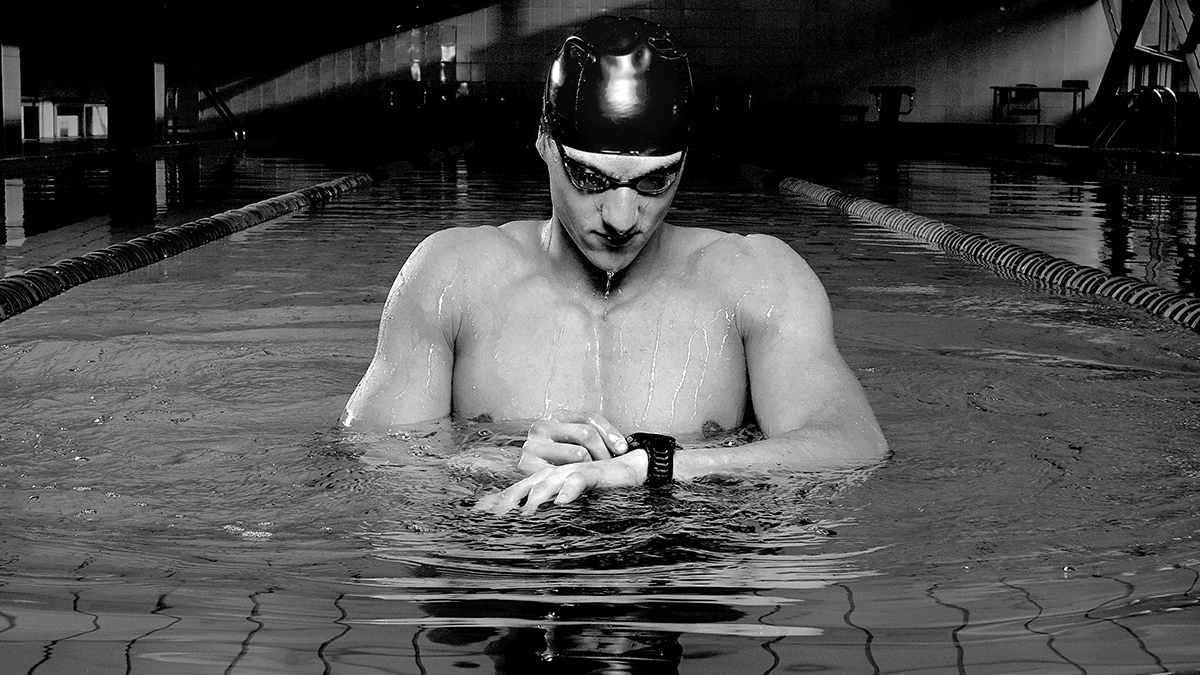There is an old adage in business that goes: “You can’t improve what you don’t measure.” I believe that applies to triathlon too, where people are often guilty of training for months on end without ever really knowing if they’re improving. This is where fitness testing comes in. Unless you measure something, you don’t know if it is getting better or worse. You can’t manage for improvement if you don’t measure to see what is getting better and what isn’t. Here are a few ways fitness testing can help your performance stay on track:
- Fitness testing identifies your strengths and weaknesses. By comparing yourself to the test results or to successful athletes in your sport, you can see which areas need improvement and therefore aid in the formulation of the optimal training program for success.
- Fitness testing monitors and assesses your progress over time. Whether you’ve trained hard or not, there is no hiding from fitness testing. Initial testing will give you some idea of your capabilities at the start of any program. As you progress, any retesting will help determine the effectiveness of the training program.
- Fitness testing can provide motivation and direction. The incentive to improve brings pride and satisfaction. It’s motivating to find out you are improving relative to you own past performance. Conversely, it can provide both motivation and direction if results weren’t as expected.
So what are some tests to evaluate your current performance level? As a multisport athlete it’s important to consider testing each specific discipline using a swimming, cycling and running test.
Swimming
The 1,000-meter/yard Time Trial
After a thorough warm-up, swim as hard as possible for 1,000 meters, doing your best to even pace it. Use the time it takes to complete the test to determine a swim pace per 100 meters. For example, if you swim 1K in 18:30, your pace per 100 meters is 1:51. You can use this data to create workouts.
The 100-Meter Time Trial
After a thorough warm-up, perform 3 x 100 meter intervals as fast as possible, but with an emphasis on consistency from one hard effort to the next. Recover for 20 seconds between intervals. Your 100-meter training pace is the average of the three hard efforts. For example, three efforts of 1:30, 1:32 and 1:34 would yield a training pace of 1:32. This is a great indicator for anaerobic capacity.
Cycling
The 20-Minute Time Trial
Before you perform this test, you should always be well rested. After a thorough warm-up, the goal is to ride at your best possible effort for 20 minutes. You should walk away from this test feeling like there is no way that you could have gone any harder. Your average power for this ride is slightly higher than your Functional Threshold Power (FTP).
0.95 x your average power for the 20-minute test = FTP
For example, if your observed average power is 250 watts, your estimated FTP is 228 watts. This number represents the maximum power an athlete can sustain for a 45minute to one hour time trial effort. Use this number and compare it to future tests. Check out these alternate testing methods if 20 minutes seems like too much or you’re limited on time.
Running
The 20-Minute Time Trial
This is identical to the cycling test except you don’t ride a bike! After a thorough warm-up, run as hard and as far as possible for 20 minutes. This is a brutal, but precise method to establish your threshold pace. Be careful to avoid starting at a pace that’s too fast to sustain and thus slowing down involuntarily near the end. Calculating 95% of your average pace for that 20 minutes is your threshold pace. Your average heart rate for the last 20 minutes of the time trial will be a close estimate of lactate threshold heart rate.
1 Mile
Run 1600m at a hard, controlled effort that you can maintain with good form. Keep each lap consistent and don’t go out too hard! The mile is still a good enough fitness indicator, even for Ironman. Take your 1-mile test pace and add 30 seconds to get your predicted 5K pace per mile. Add 2-3 minutes to determine your long run or easy pace.
When to Test?
How often and when to assess your fitness depend on your training and competition schedule. Ideally, it’s a good idea to do some fitness tests at the start of your winter training to set your training intensities and targets, and then again mid-way through winter training to assess progress and make any changes necessary. Races also are great fitness tests.
An assessment 8 to 12 weeks out from your main race will help you to make any final adjustments to training or simply provide a fitness benchmark for you during racing season. However, a further test when you’re at your racing peak can also be interesting to see what your values are when you’re at your best.
Thank you to Lauren Babineau for her contribution to this article.









